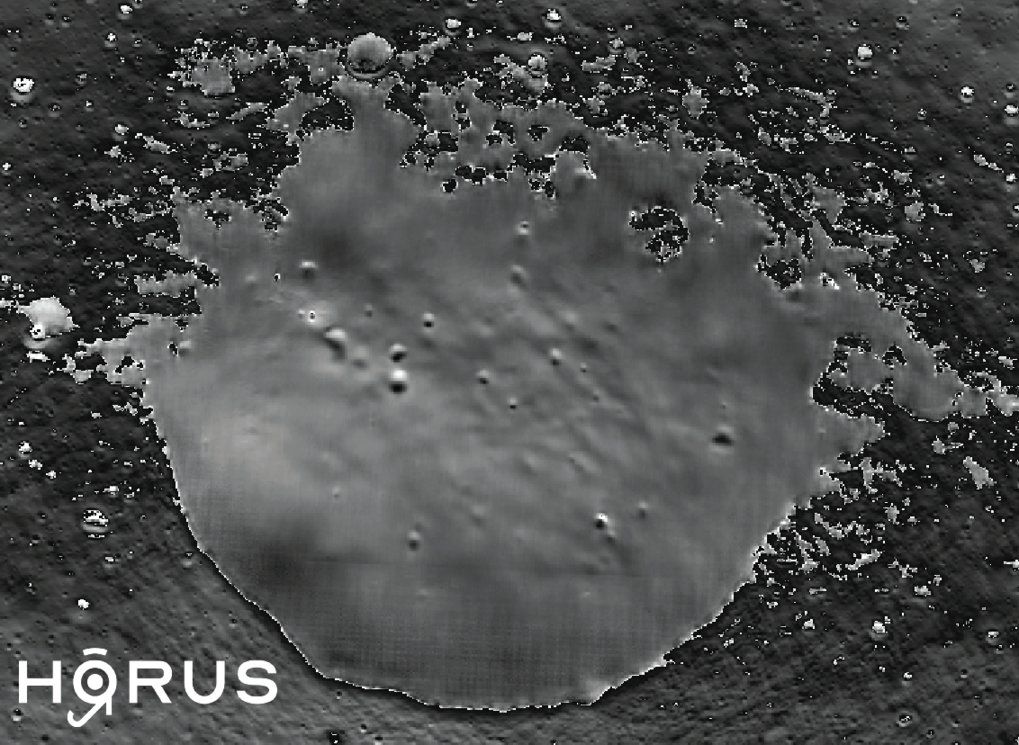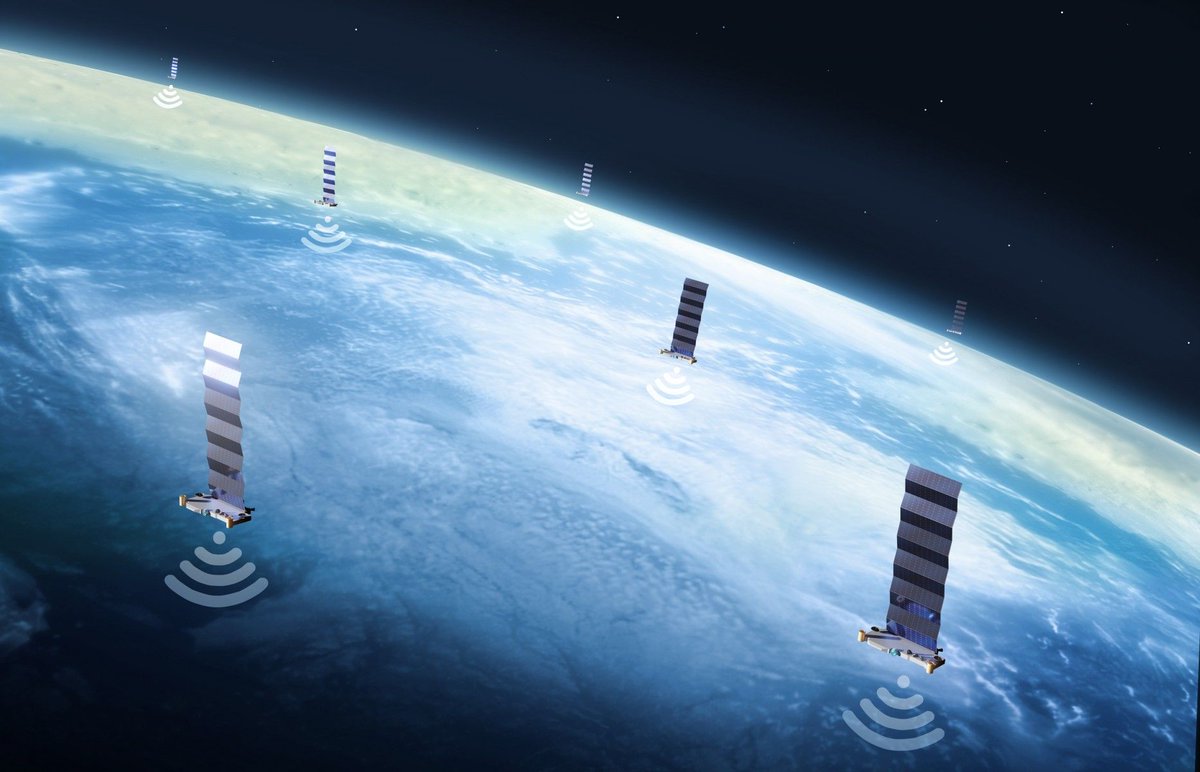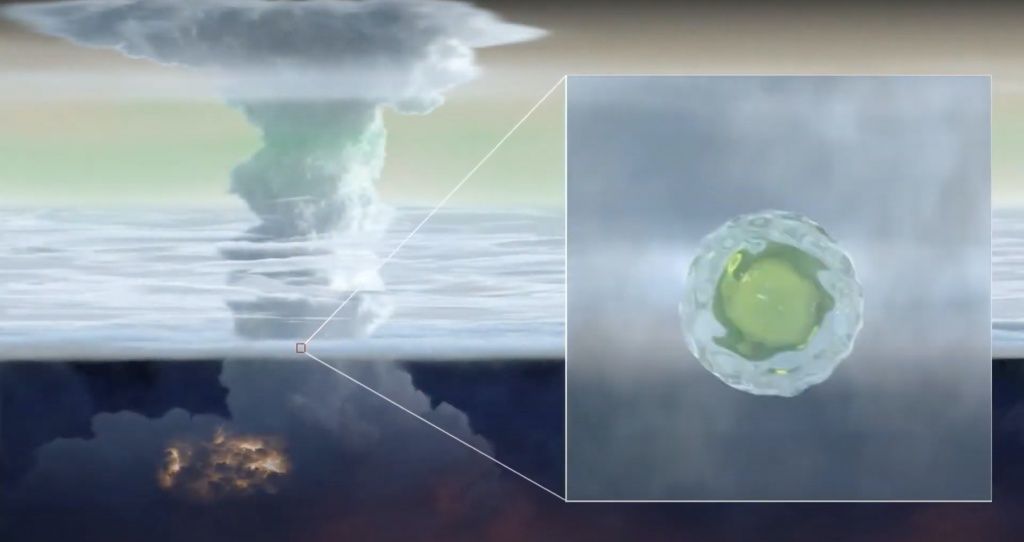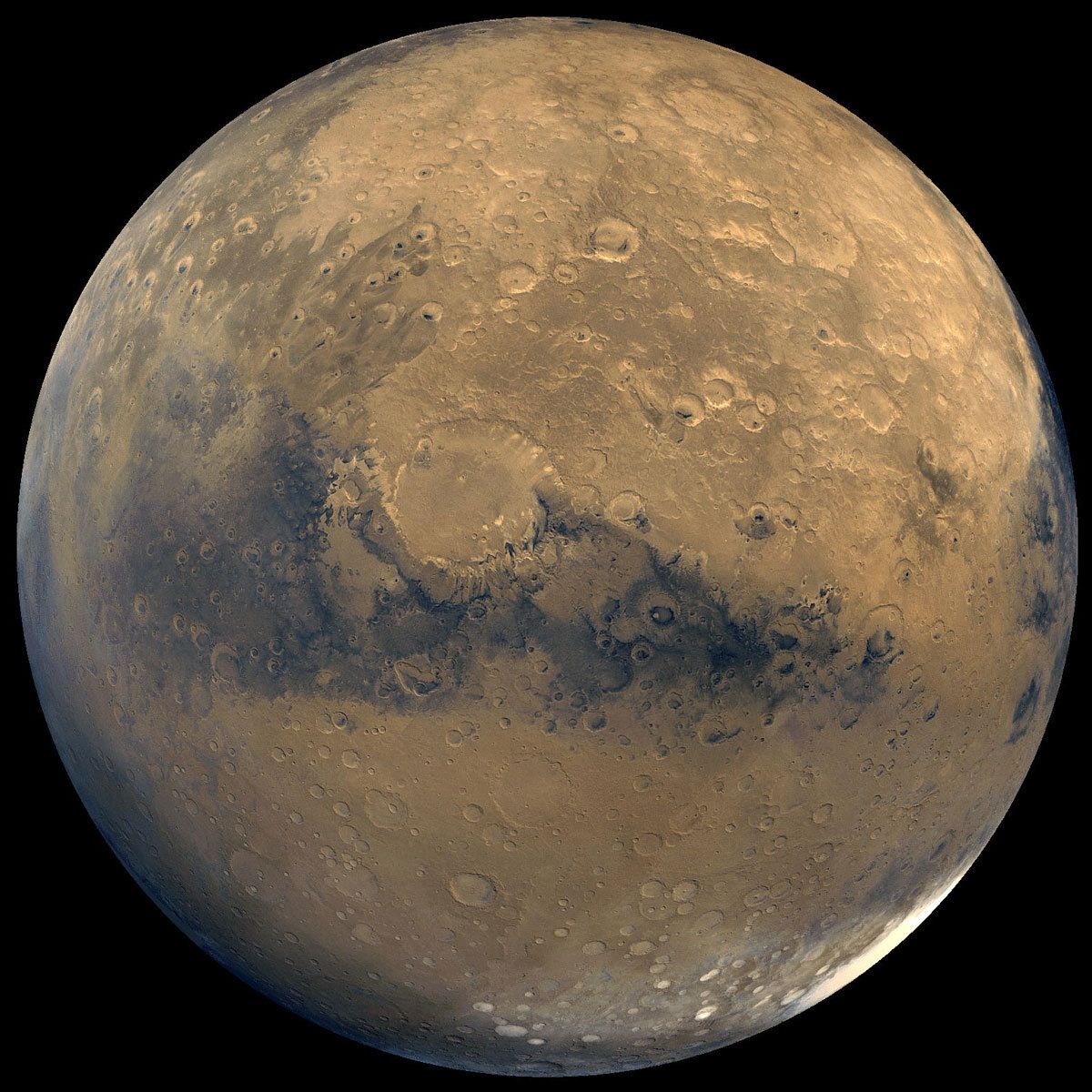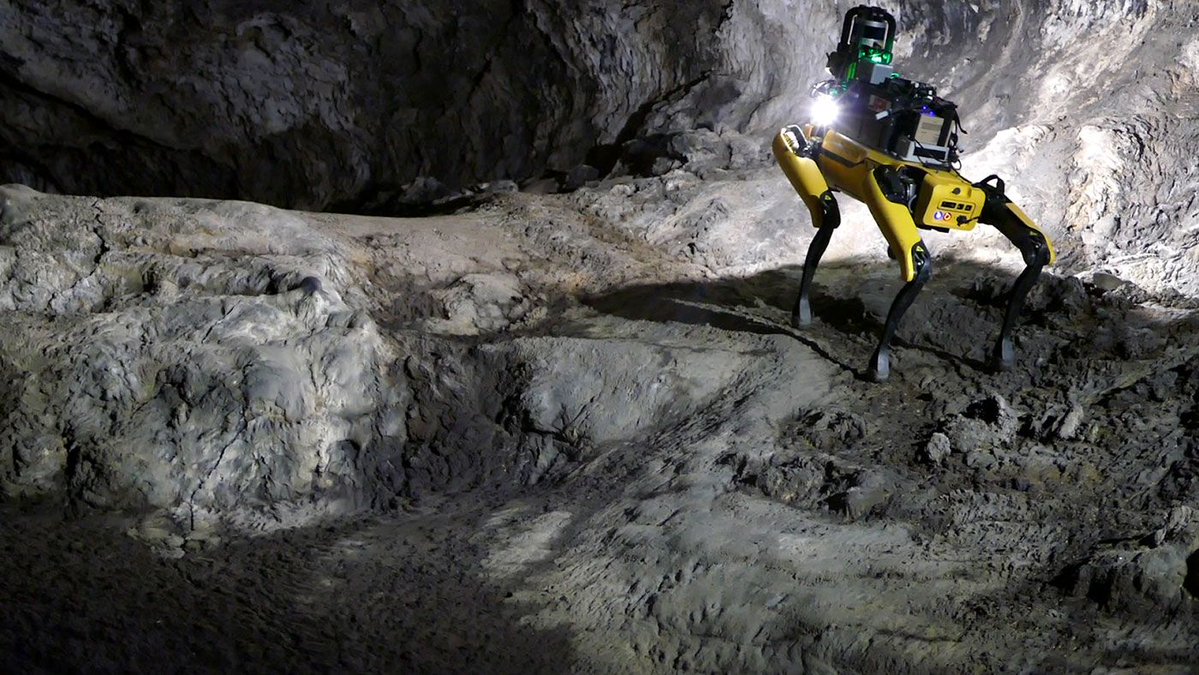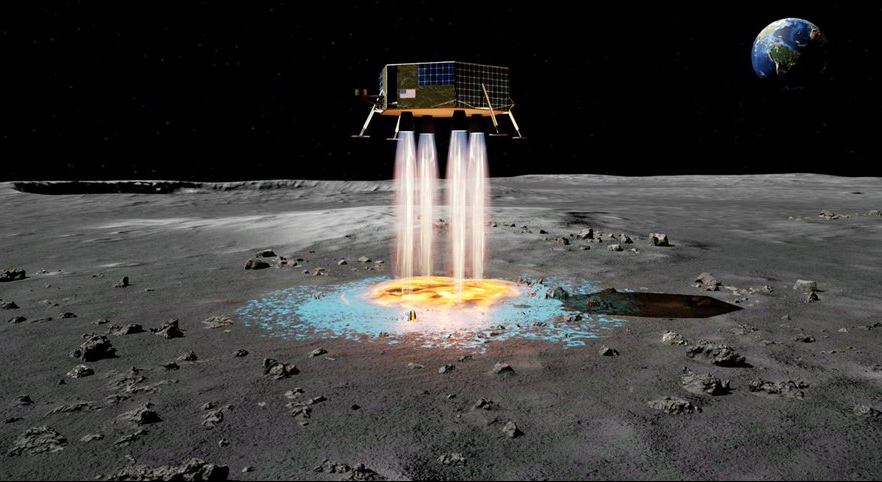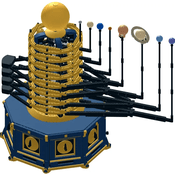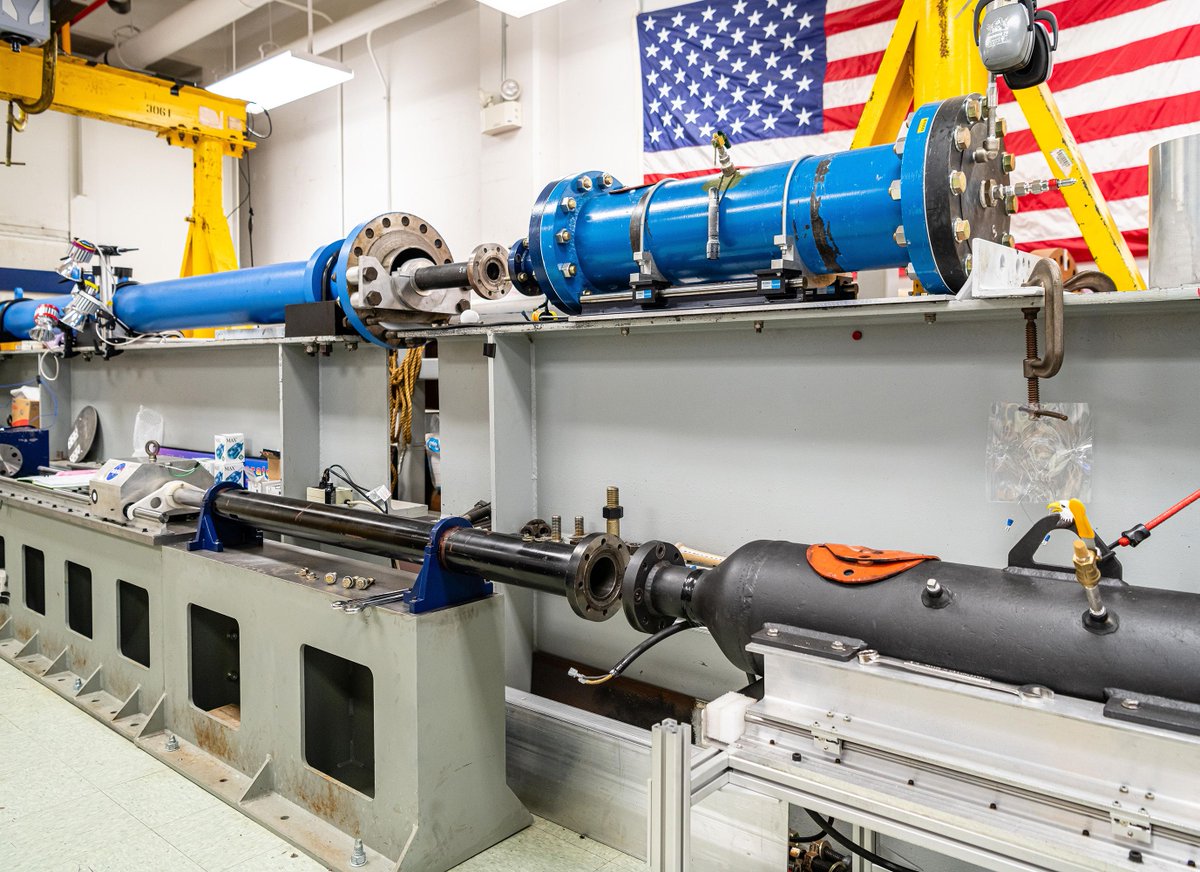There is no dark side of the Moon. But there are dark spots on it – specifically at the bottom of craters that are never reached by any sunlight no matter where the Moon is facing. These areas have intrigued scientists for decades, in no small part because lack of sunlight means a lower temperature, allowing frozen materials to stay frozen. In other words, there may be water in them thar craters. And water will be the lifeblood of any future permanent crewed lunar mission.
Unfortunately, lack of sunlight also means it’s challenging to see what’s at the bottom of those craters. The closest scientists have come was when LCROSS, a NASA moon mission, fired a projectile into the crater Cabeus and analyzed the resultant dust cloud, which contained a relatively high amount of water. But so far, no one has been able to image what water is in those craters directly.
Continue reading “Some of the Moon’s Craters are so Dark, it Takes AI to see What’s Inside Them”
